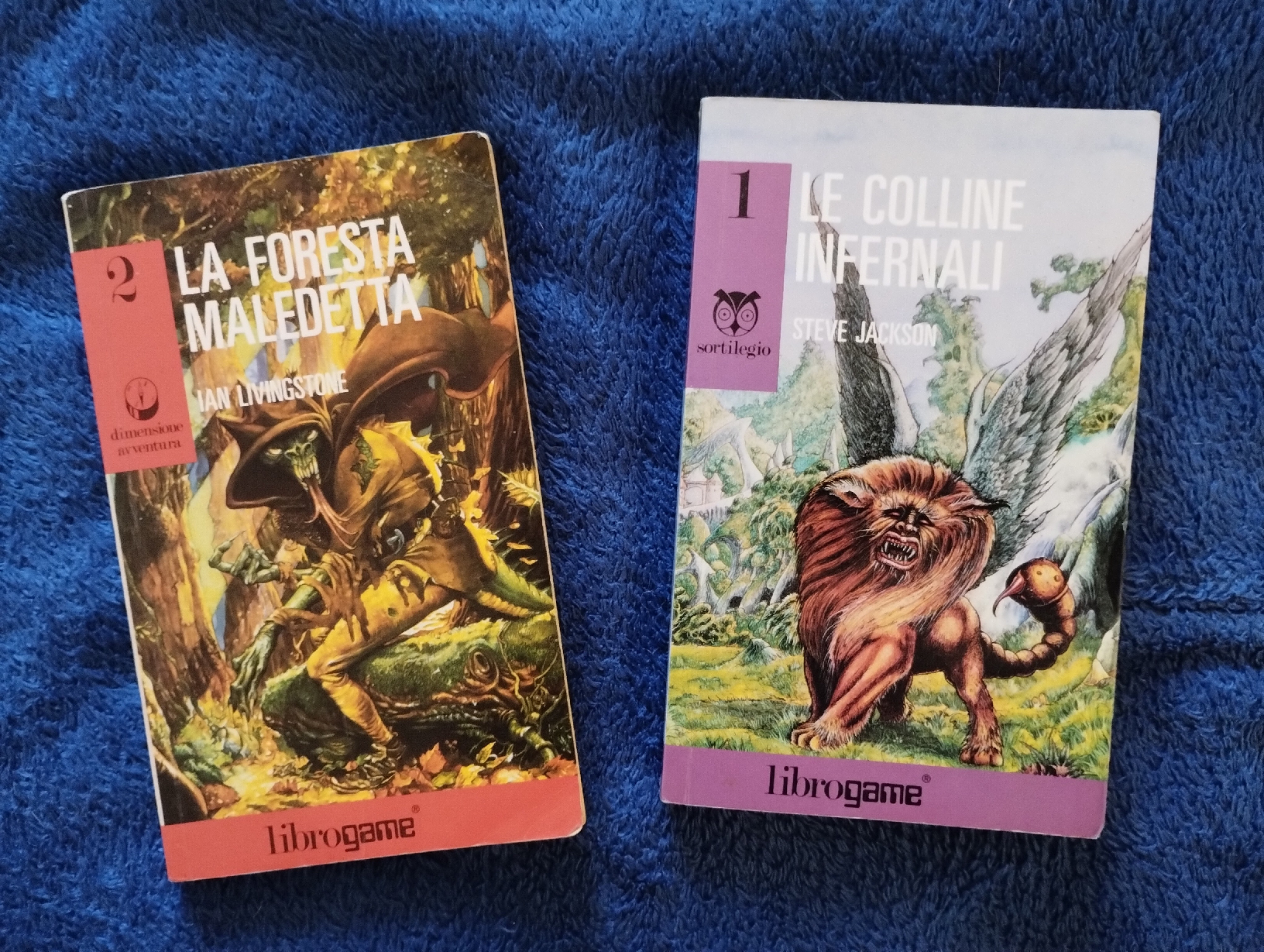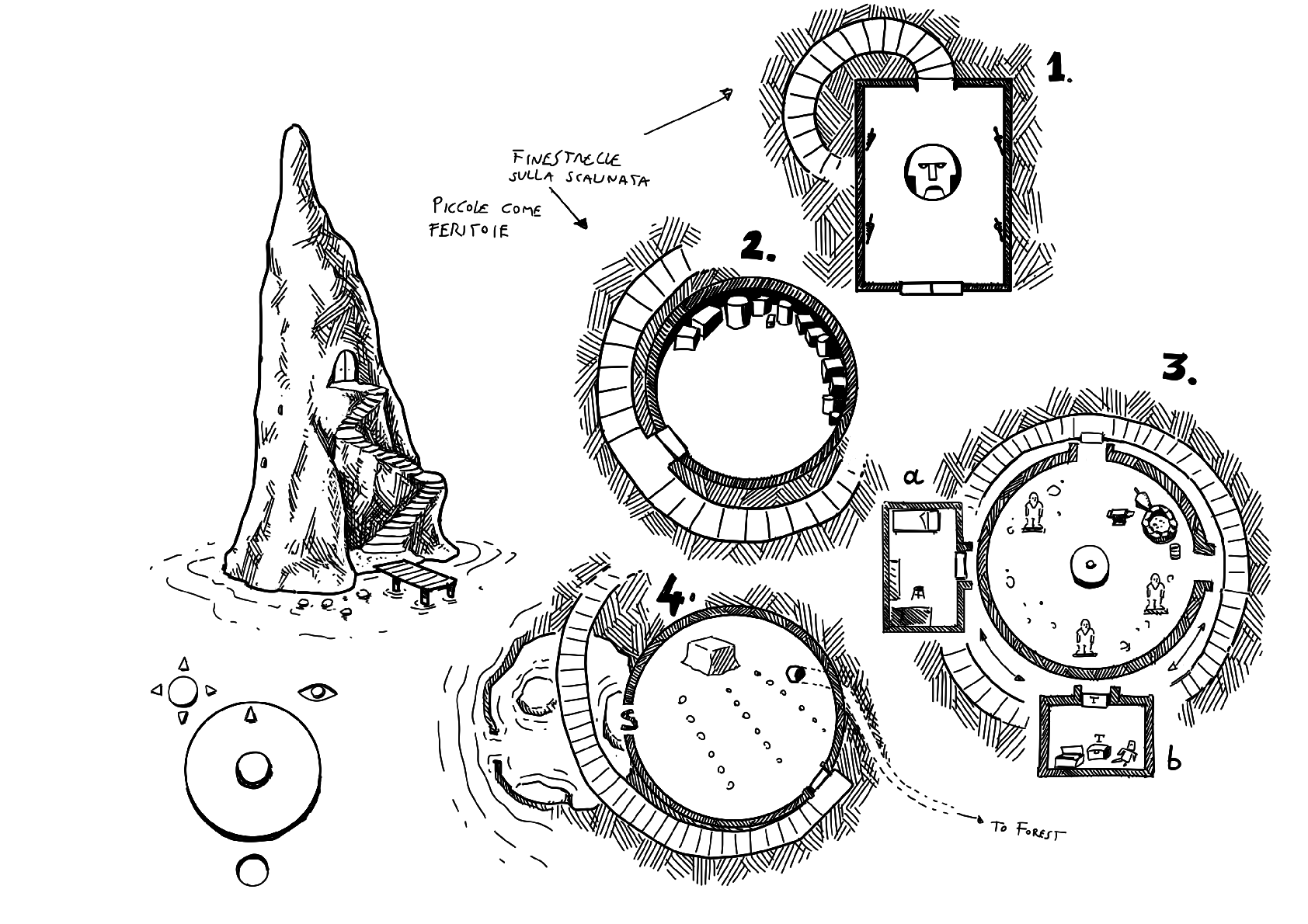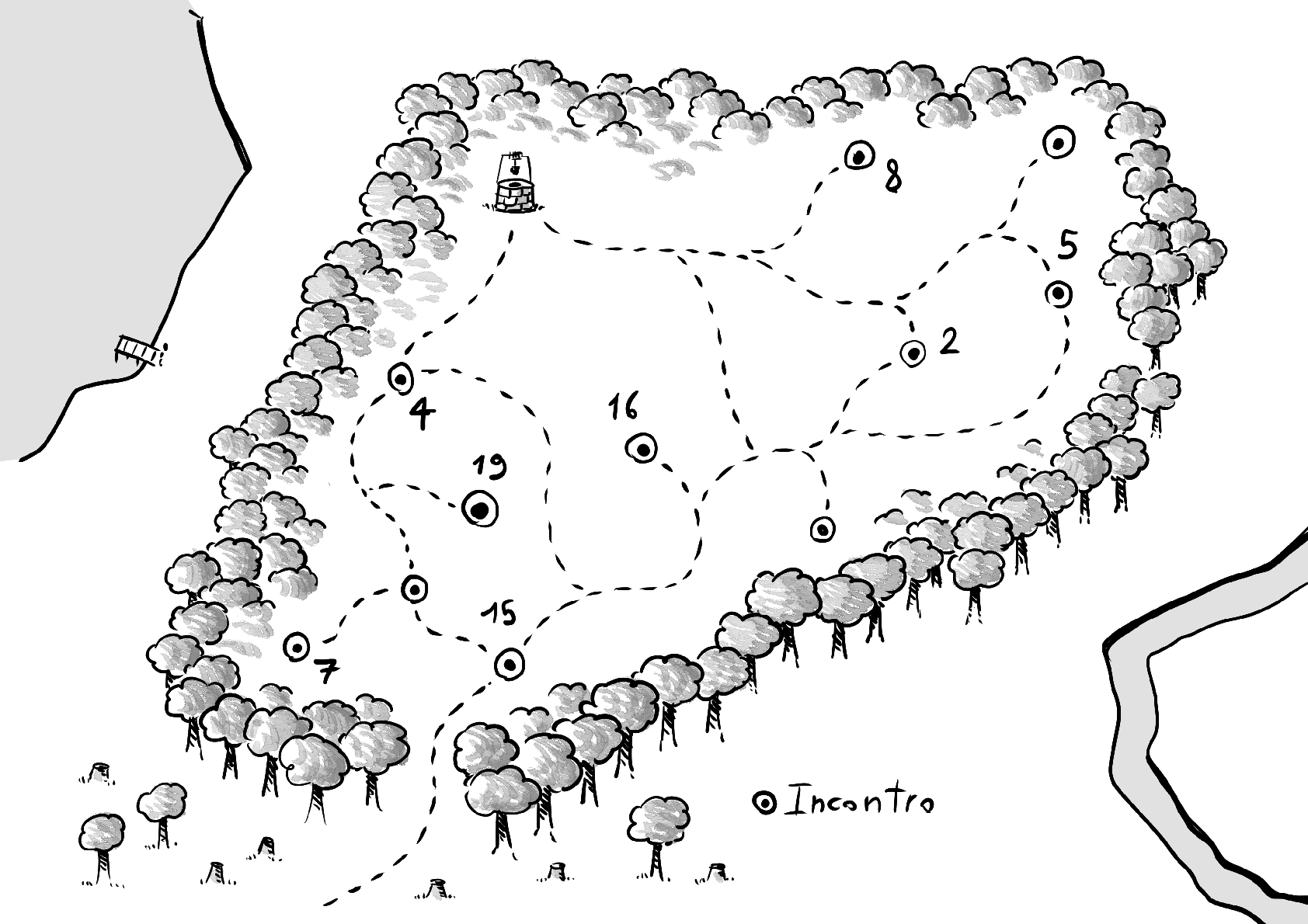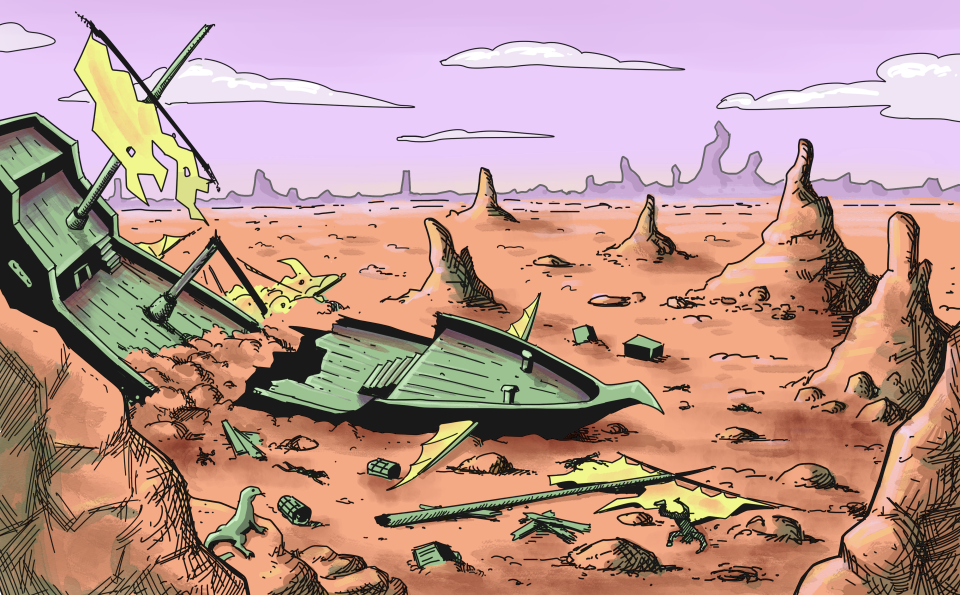Despite not being a CRPG****, the development of Fusil is deeply influenced by my TTRPG** **experience. However, I want to emphasize that to enjoy Fusil you absolutely don’t need to be a role-playing enthusiast or know the rules and setting of TROIKA!.
I started role-playing over 30 years ago, and, especially in recent times, I’ve almost always been the GM. I prefer simple rule systems that allow me to play without constantly consulting voluminous tomes. This leaves more time to dedicate to the aspects of role-playing I personally find most fun, such as exploration, interacting with NPCs, and problem-solving. TROIKA! by Melsonian Arts Council is one …
Despite not being a CRPG****, the development of Fusil is deeply influenced by my TTRPG** **experience. However, I want to emphasize that to enjoy Fusil you absolutely don’t need to be a role-playing enthusiast or know the rules and setting of TROIKA!.
I started role-playing over 30 years ago, and, especially in recent times, I’ve almost always been the GM. I prefer simple rule systems that allow me to play without constantly consulting voluminous tomes. This leaves more time to dedicate to the aspects of role-playing I personally find most fun, such as exploration, interacting with NPCs, and problem-solving. TROIKA! by Melsonian Arts Council is one such game. It’s an RPG with a bizarre science-fantasy setting and a rulebook only a few pages long, derived from the **Fighting Fantasy gamebooks.
 (The Forest of Doom was my introduction to fantasy)
(The Forest of Doom was my introduction to fantasy)
About six years ago, I wrote and played a long adventure for TROIKA! with my group. The player characters, having survived the crash of the golden barge they were traveling on, found themselves trapped inside Miconis, a hollow world governed by fungus people. The adventure was structured as a pointcrawl. Characters could move freely between the various locations on the map to find a way to escape Miconis and resume their journey to the city of Troika.
 (The province of Boletia within the sphere of Miconis)
(The province of Boletia within the sphere of Miconis)
The adventure went on for months, and the epilogue certainly can’t be called a happy ending, as the characters died in a daring final battle while helping a demon take control of the province of Boletia. However, it was one of the most fun experiences I’ve had as a GM, and the players also confessed that they had a great time. The rule set, the characters’ freedom to move between different locations, the interaction with absurd non-player characters, and the completely unexpected ending (even for me) made it a memorable experience.
 (Dung Wood)
(Dung Wood)
When I started coding about three years ago with the goal of creating a top-down shooter inspired by games like The Chaos Engine and Medal of Honor: Infiltrator, I didn’t have to think much about a plot and setting. Miconis and its inhabitants were already ready. Furthermore, among the player characters in our campaign was a three-eyed **Cacogen **named Kamandra, armed with a sword and rifle, who would make a perfect protagonist.
As I developed Fusil, I realized I wanted to include what I personally find fun in games in general, but especially in role-playing. I’m not talking about complicated skill trees and stat management, but about player agency and the freedom to choose. The player must be able to explore the game area non-linearly and make decisions that have meaningful repercussions.
 **(Dog Tooth Island in Wet Dog Lake)
**(Dog Tooth Island in Wet Dog Lake) (This forest is linked to Dog Tooth Island by a tunnel running from the well.
(This forest is linked to Dog Tooth Island by a tunnel running from the well.
As an inexperienced solo developer, I had to set limits. I certainly didn’t want to stray too far from the twin-stick shooter genre, nor was I intending to create a full CRPG. I made sure that every game level had at least three possible solutions to be completed, which fundamentally fall into three types:
- A fetch quest to be carried out on behalf of an NPC. This is generally the most obvious solution, which leads the player to wander far and wide across the game map and consequently takes the longest time to complete the level.
- A hidden solution that can be reached by paying attention to clues scattered throughout the levels. This might involve using an item or spell in a specific situation, or eliminating an NPC.
- A more aggressive solution, where the player goes to the root of the problem to solve it with the rifle. This is the quickest approach but also the most dangerous.
Furthermore, the game keeps track of “evil” actions with a score that is not visible to the player. In the early levels (the ones in the demo), there are no major repercussions, just a few changes in the text of the endings. But as the adventure progresses, I plan to use this secret score to unlock alternative solutions.
 (The golden barge crashed in the desert)
(The golden barge crashed in the desert)
These decisions ultimately transformed Fusil into a game that falls into the varied category of action-adventure games. Taking advantage of the fact that the Melsonian Arts Council grants a free license to produce material based on TROIKA!, I was able to keep all references to the original setting unaltered, such as the names of spells and items present in the rulebook. Thus, Miconis, the hollow Sphere lost in the Humpbacked Sky, born from my gaming group’s sessions, has found a new incarnation in a twin-stick shooter/action-adventure game that pays homage to the world of TROIKA!.